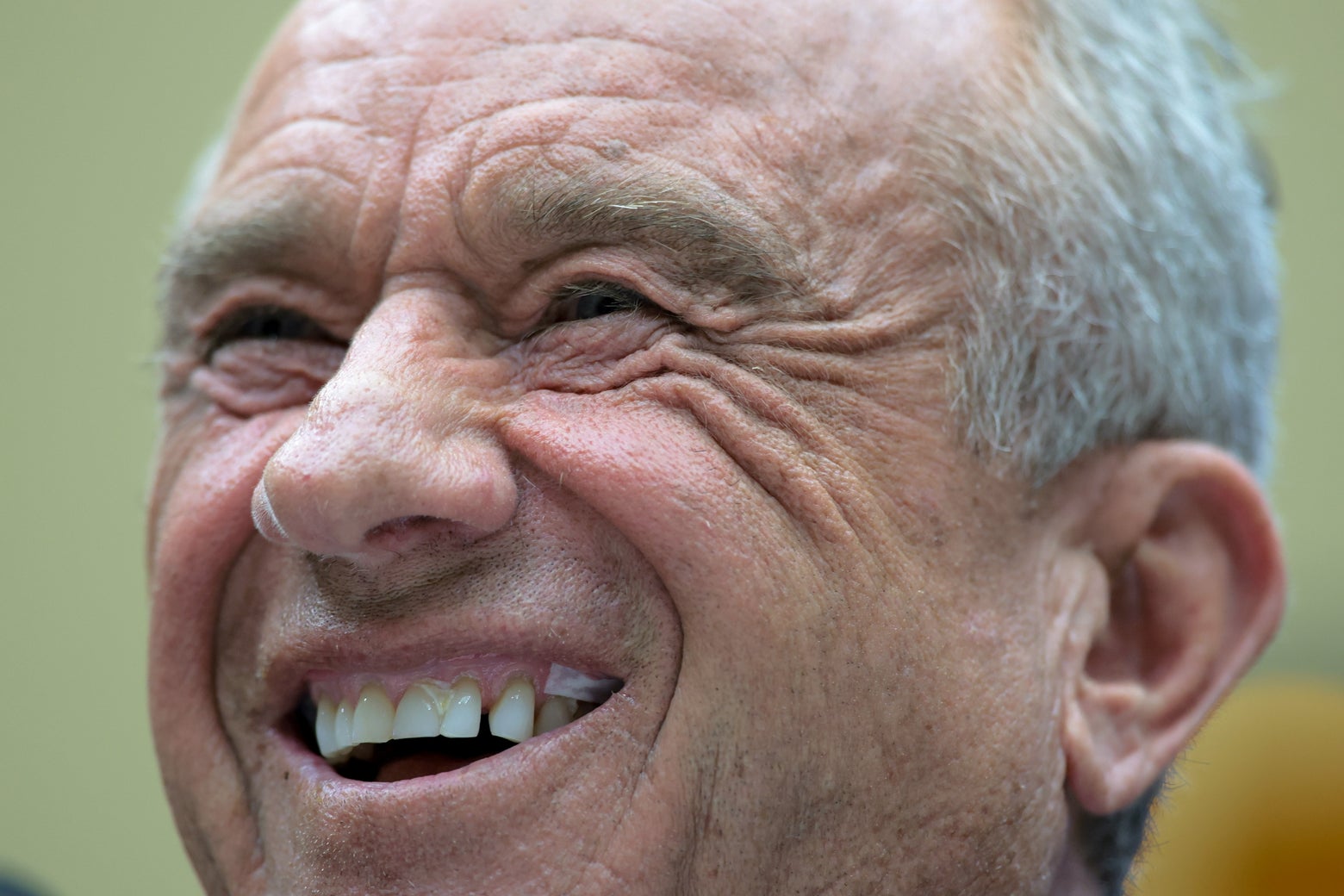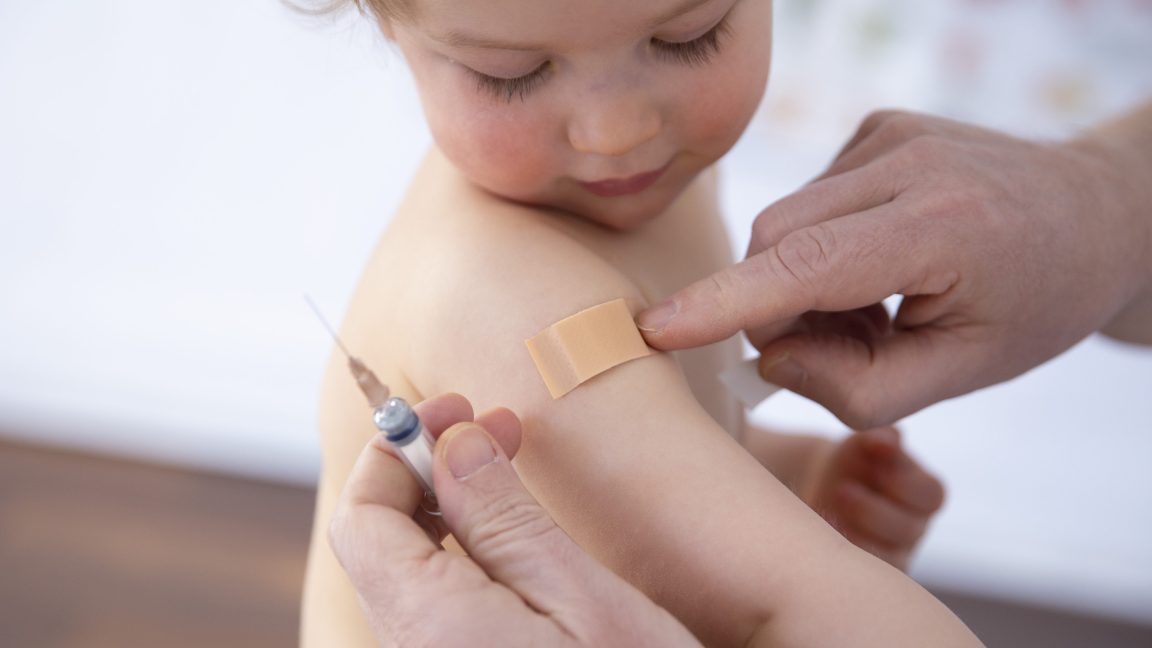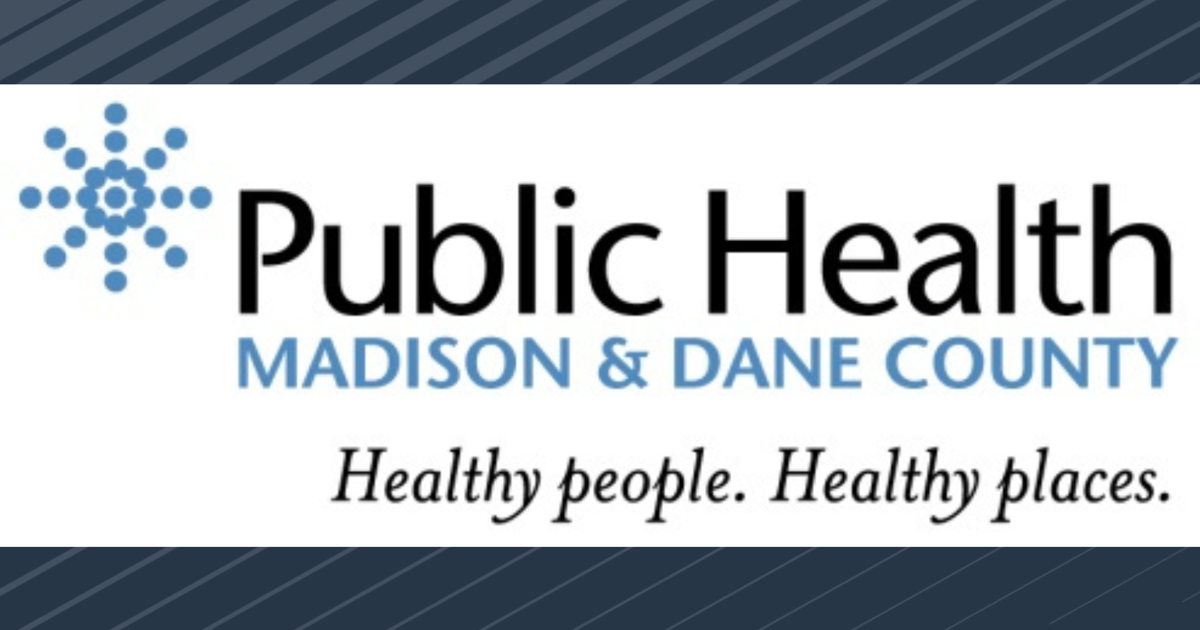What’s going on with RFK Jr.’s teeth?

Sign up for the Slatest to get the most insightful analysis, criticism, and advice out there, delivered to your inbox daily.
Robert F. Kennedy Jr., the United States secretary of health and human services, has some strong opinions about teeth. Specifically, he seems to kind of hate fluoride, a mineral that, when added to the public drinking water in small amounts, can prevent dental decay. Despite what Kennedy claims, there are no proven negative side effects of doing this. So far this year, Utah and Florida have banned fluoride in their drinking water, and a slew of other states are considering doing the same. Without fluoride in the water, “you’re going to see probably slightly more cavities,” RFK Jr. recently admitted on Fox News.
That cavalier attitude about a rise in cavities has upset a lot of dentists. Cavities aren’t trivial—they can result in a lot of pain. “Dental decay is a disease,” Barry Taylor, executive director of Oregon Dental Association, told me. “Essentially, he’s saying: There will be more disease.” The American Dental Association “is very concerned for people of all ages and socioeconomic status” in communities stopping water fluoridation, a spokesperson wrote in an email. “People who suffer from untreated dental disease miss millions of school and work hours,” they added. So far, RFK Jr. is not looking great for America’s teeth.
When Slate saw the above not-so-flattering image in a recent Wired article, we had to wonder, as others did, if Kennedy is not great for his own teeth. His mouth looks a little … grimy. Is it possible the man is against not just fluoride but also toothbrushes and floss? I called up a few dentists to see what they might make of his incisors. (Here, I’ll state the requisite caveat: It’s impossible to diagnose from a single photo and without a full dental workup.)
There’s a lot to unpack. “The first thought is, he needs to brush his teeth,” Taylor said. “It may just be a picture that was taken after lunch, and he has a piece of Windsor clam or something in there, I don’t know.”
Other dentists were less sure about the wad of yellowish stuff stuck between his left front tooth and the tooth next to it. When I showed the picture to my own dentist, he thought it looked most like calculus—hardened plaque—though, he said, that usually forms across multiple teeth. Arosha Weerakoon, a professor in dentistry at the University of Queensland, in Australia, suggested that it could be something called Valplast, a type of flexible denture—perhaps that front tooth of his is fake. Though the consensus was that most if not all of RFK Jr.’s teeth look as if they are probably real, which is “pretty big for that age,” my dentist noted. (Kennedy is 71 years old, and most people have replaced at least a few teeth by then.)
He got high marks for his gums too. There’s some darkening at the point where tooth meets gum, which indicates recession. But that happens naturally with aging, Weerakoon said, and at a glance, the extent of RFK Jr.’s recession appears to be in line with what you might expect at 71. Notably, his gums aren’t puffy, which would indicate gum disease. (Another controversial figure who likely does have gum disease: Elon Musk. That puffy part by his front tooth? “It’s severely inflamed,” Weerakoon said. A slight touch to that area while speaking or eating, and “that’d be bleeding everywhere.”) Gum disease is most often caused by the buildup of plaque, which consists of bacteria that can infect the gums. Oral hygiene—especially brushing and flossing—is important to prevent gum disease. So Kennedy’s nice gums suggest that he may, generally, be a flosser.
There’s also the matter of the white strip on his top gum. Taylor suggested that it could be medical tape used to cover a surgical site. Weerakoon asked her dentist friends about it, and they came to a different conclusion: “It’s a Zyn.” That’s also what my own dentist thought. A friend and extracurricular Zyn expert whom I checked with concurred that it looks identical to the nicotine pouch that people push into their gums. It aligns, too, with public speculation back in January that RFK Jr. popped a Zyn during a confirmation hearing.
Taken together, while the average person might recoil from this pic, it’s not damning of Kennedy’s dental hygiene. “If I was at a cocktail party, I’d be thinking, ‘decent teeth,’ ” said Taylor. “Just from that one picture, it appears that he has had good dental care in his life.” But what about the discoloring? Weerakoon notes that the slight difference between the two left teeth is likely due to a knock on the left tooth, which could have killed the tooth’s nerve. (I have the misfortune of an identical discoloring on the same exact tooth due to a slip on a rock.)
The rest of the yellowing is a sign not of bad hygiene but of natural teeth “within a range of normal for that age,” Taylor said. All teeth yellow with time, and no amount of brushing and mouthwash can fix that—you’d have to have veneers or get bleach treatments, common choices for many Americans, particularly those in the public eye. Veneers are a norm in Hollywood now, and there’s even speculation that Donald Trump’s too-perfect teeth are actually veneers. The interesting truth is that teeth don’t have to necessarily look good to be in good condition—in fact, natural teeth will almost certainly not look “good” (i.e., white, spot-free, straight). So here I might throw RFK Jr. a bone: He’s not feeling any sort of pressure for his teeth to perfectly look the part. You could even say he’s helping to redefine dental beauty standards.
The fact that RFK Jr.’s teeth are largely in dentist-approved shape, though, is really the point. Although the fluoridation of public water that he opposes can benefit everyone, it’s consistently found to be most beneficial to people with low incomes or who live in rural areas. There are other ways to get fluoride: toothpaste with fluoride or a professional fluoride treatment at your dentist’s office. And there are other important steps to keep your teeth in good shape and fight cavities: eating a healthy diet, brushing and flossing, regularly visiting the dentist. But all of these options require a certain level of access to resources, money, time, and health education.
“RFK can afford any dentist anytime he wants to,” said Weerakoon. “So he can afford to go without water fluoridation.” For those who aren’t as fortunate, fluoridation is a great, inexpensive option to reduce cavities among all populations; the Centers for Disease Control and Prevention has given the process the distinction of being “one of the 10 greatest public health achievements of the 20th century.”
A recent study projected that complete fluoridation removal from drinking water in the U.S. would lead to an increase of roughly 25.4 million cases of decayed teeth in children and cost approximately $9.8 billion over five years in health care expenses. Low-income communities will be hardest hit. Dental disease isn’t just a cavity here and there. It can cause millions of missed school days among children; cost someone a job or create significant quality-of-life challenges due to social stigma; and, some research suggests, even result in complications such as cardiovascular disease.
Kids, who cannot go out and buy fluoride toothpaste for themselves, will be particularly harmed by RFK Jr.’s anti-fluoride crusade. Weerakoon saw firsthand what could become more common in the States when working at a school in Queensland where many children were not drinking fluoridated water. She had a 4-year-old patient with so many holes in his teeth that he had to have all them removed. And yet, tooth decay is largely preventable. “We’re protecting those who are most vulnerable,” Weerakoon said, “that don’t have an opportunity to help themselves.”







